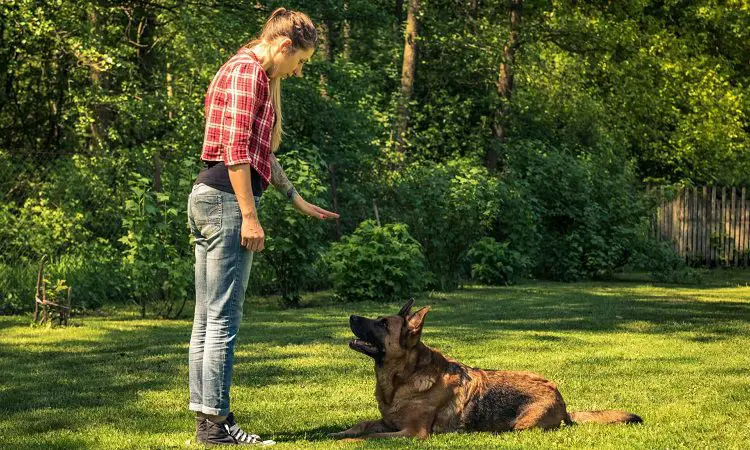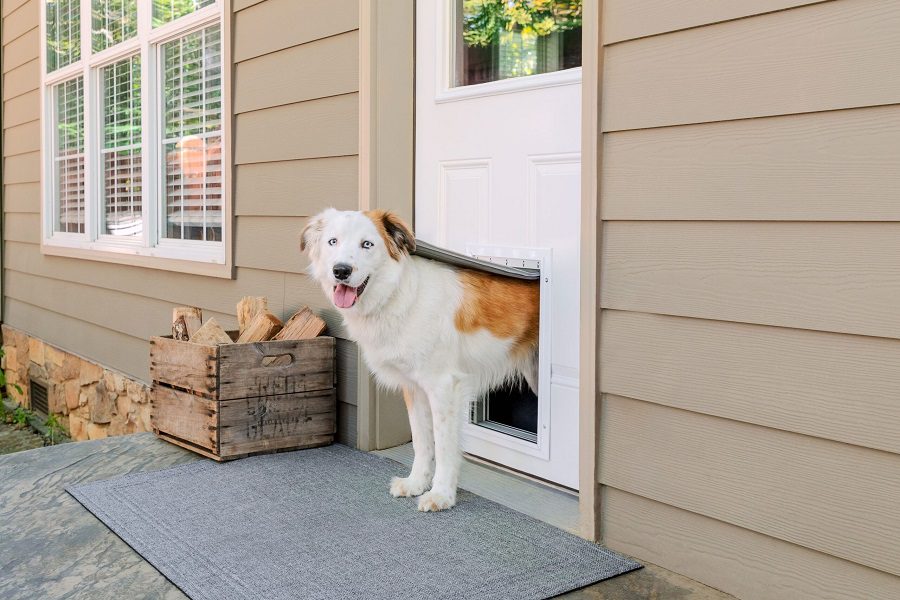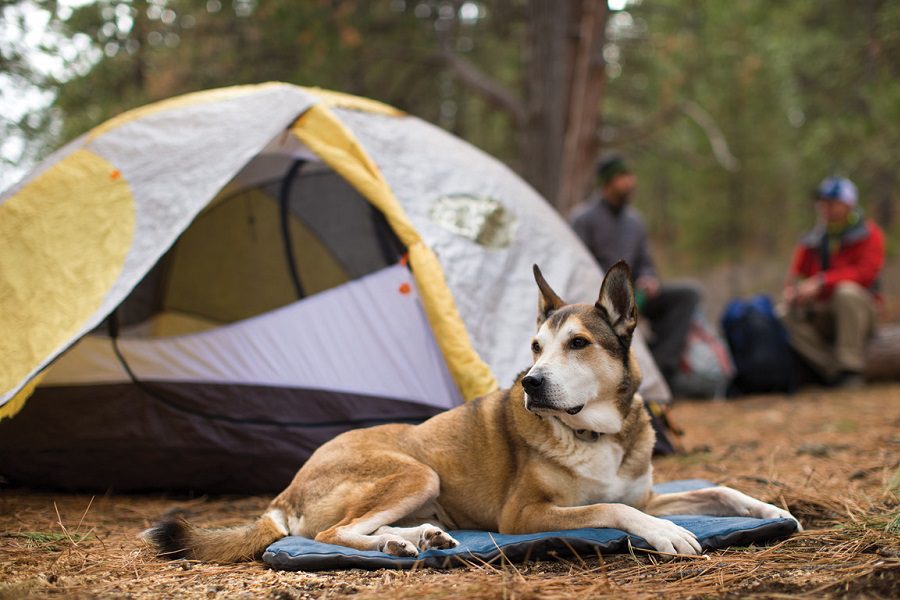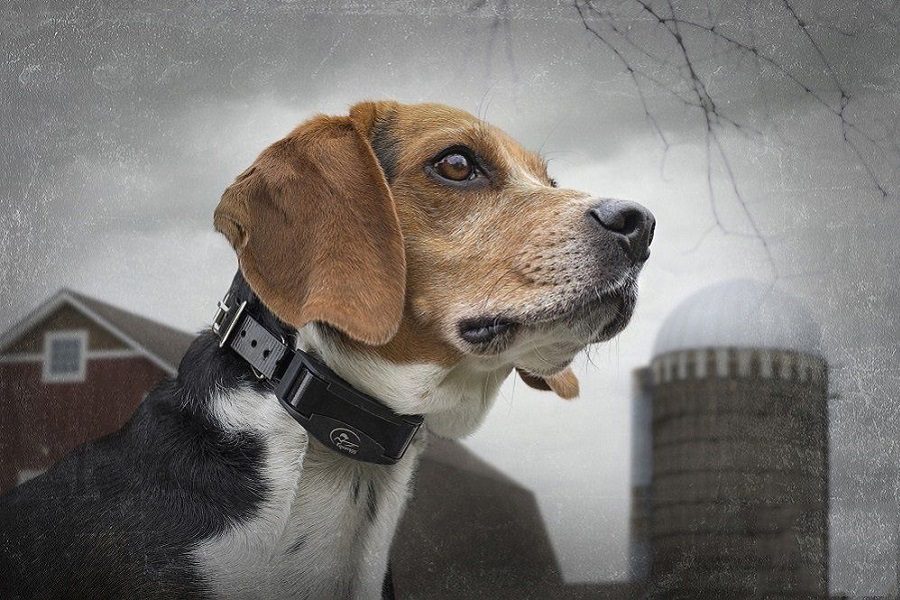Last Updated: 2 years ago
Dog training commands are very useful for dog owners.
When you are able to control your dog with particular commands you not only impress people around you with the depth of you and your dog’s relationship, but you also form a deeper bond with your dog.
Dog training commands also have a number of advantages. For example, teaching basic dog training commands means your dog will be safer. Training a dog to come on command can mean that you will be able to call him back should he run out in front of a car.
In addition, it has been shown in studies that dogs who respond to their owner’s commands – and are able to communicate on some level with their owners – lead happier lives than some dogs that do not. This seems like common sense, but you should still be aware of it.
Finally, teaching a dog to come, training a dog to sit, or training a dog to stay results in a happier you. When your dog is obedient, your bonding becomes even stronger. Commands for dog training are tools that you can use to improve the relationship between you and your pup.
How Dog Training Commands Are Used

Dog training commands are used in a variety of environments and for a huge array of purposes. That’s because dogs are used by the police and military, as well as keeping people company and being man’s best friend.
Some people use dog training commands just to be able to communicate with their pets and get them to do what they want. That’s why commands like “sit” and “stay” are some of the most common commands taught.
But some people go above and beyond the basic dog commands and teach advanced commands like complicated tricks or behaviors. Some dogs are even taught enough tricks that they can enter competitions against other dogs.
Dogs are also used by the police and military, as well as an aid for the blind, deaf or those that suffer from a variety of illnesses or disabilities
Some dogs can predict seizures coming on and can help an epileptic lay down on the floor where there is less chance of being hurt just before a seizure. These all require different commands and behaviors.
The commands listed here are just the essential ones that most people will use for training their dog at home, for personal enjoyment. You can use any word that you want to in order to tell the dog to perform the command, but the ones listed are relatively common when it comes to training.
Remember, these are just suggestions. There are a couple that are mandatory – because you can’t teach any other commands without them – but most of them are totally up to you.
Also, these are just the basic commands. There are lots of commands that you can teach and lots of tricks your dog can learn. At the end of this article, there are a couple of recommendations for books that will help you teach basic or advanced dog training commands.
15 Commands

- Name: Your dog needs to know his name and perk up when he’s called.
- Yes: Yes is going to be an important command to teach your dog because it is the opposite of “no” and you are going to be using “no” a lot.
- No: No is going to be your default command for all of the behaviors that you don’t want your dog to exhibit. When your dog hears it, he or she will know that the behavior is wrong.
- Stay: This is an important command if you want your dog to stay in one spot for safety. When your dog hears this command, he should stay still, at least for a few minutes.
- Come: Come is another staple when it comes to being a dog owner. Although you can use his name to call him, many owners prefer to differentiate between the commands in case you want to give him another command while he is at a distance.
- Pay Attention: This is a marker command. When your dog hears your command for attention, he or she should look at your and wait for your next command.
- Down: This is useful if you have a dog that jumps on people. Some people don’t mind and others do, so you might need a command to take control.
- Heel: Heel is a useful command that keeps your dog walking beside you.
- Sit: Sit is more of a trick than a command, but it is quite popular.
- Settle: Setting isn’t something every owner needs to worry about. The settle command is for dogs who are overexcited and you need a command to calm them.
- Jump: This is a useful command if you need your dog to jump in the back of your SUV or onto a boat.
- Lay Down: Another trick command that is very popular.
- Roll Over: This is a good command for your dog because it results in a belly rub.
- Shake: This is a popular trick command that makes your dog extend its paw for a shake.
- Kennel: Use this command when you want your dog to enter his crate.
My Recommendations
There are definitely some books that I can recommend for you when it comes to training and commands.
One of the books listed below, 101 Dog Tricks, is probably the best book on training commands that I have ever read, and I have used it many times in my own dog training.
Of course, every owner is different and you might have some commands you want to teach your dog that no one else bothers with.
These books aren’t meant for everyone, but they will give the average dog owner a basis from which to work and instructions on how to train the commands that they want to teach their dog.



